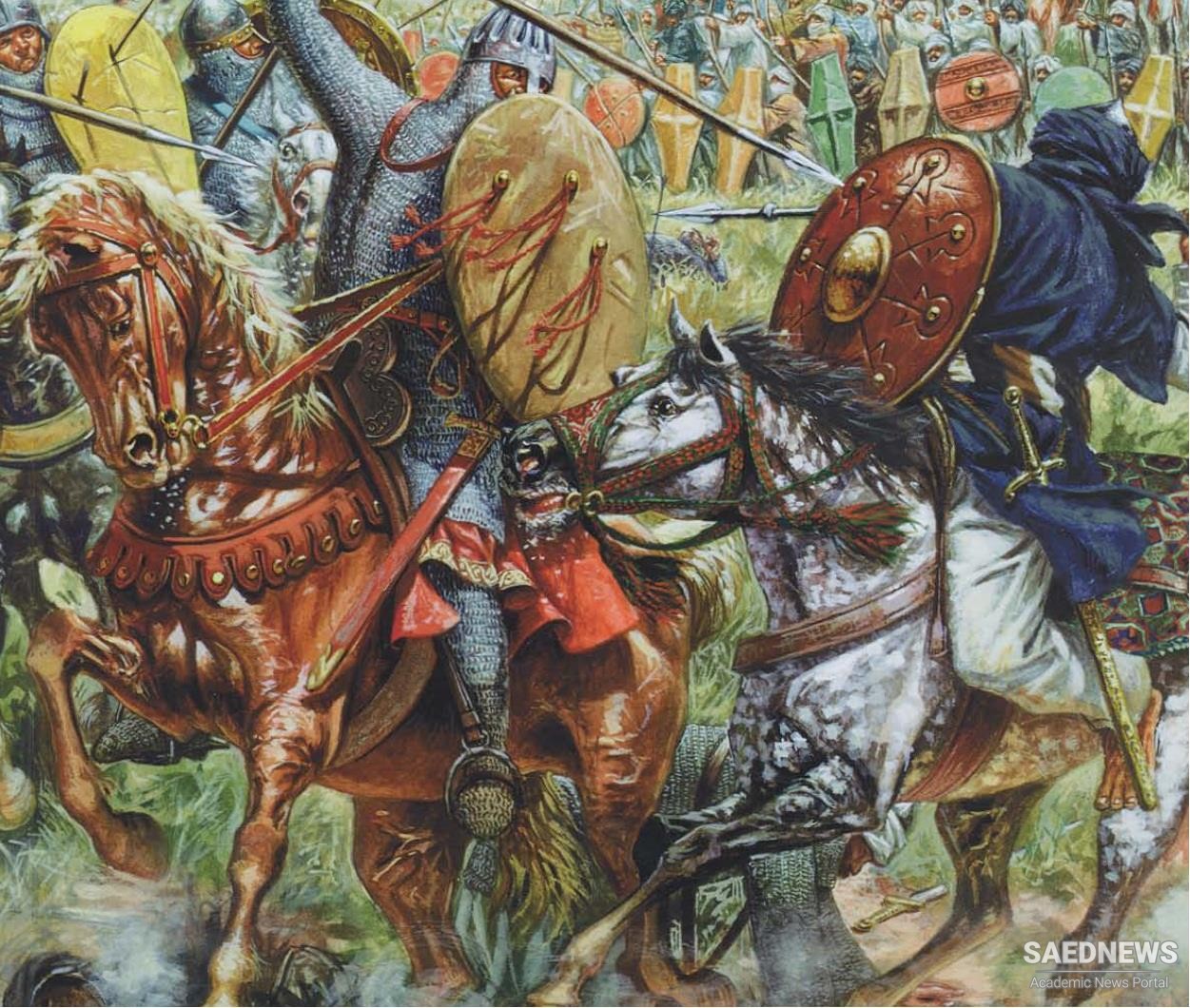Historians have generally referred to the reigns of the Umayyads and the Abbasids as the era of the high caliphate, a designation based on the scope of their rule; the unity they fostered among their subjects, albeit not always successfully; the magnificence of their capital cities; and, especially for the Abbasids, their patronage of the arts and the sciences. With the rise of the Abbasids came significant changes in the social and political life of the empire and, consequently, new challenges. With the caliphate’s encouragement, Baghdad became an important intellectual center, and the imperial court patronized many artistic and scientific endeavors. By the same token, differing religious opinions and trends, a relic of Umayyad rule, proliferated, and the differences among them deepened. As a dynasty heavily reliant on religion as its primary source of legitimacy, the Abbasids grew increasingly sensitive to such ongoing debates and found themselves having to take sides among the different theoreticians to protect their reign. As a general rule, the Abbasid caliphs went to great lengths to portray themselves as pious Muslims. The legendary caliph Harun al-Rashid once even walked from Medina to Mecca to earn divine merit. But the royal court also became infamous for its pursuit of worldly pleasures, including wine and women. Equally detrimental to the power and popularity of the Abbasids was the deliberate distance they cultivated between themselves and the populace. In many ways, the Abbasid caliph came to view himself in the same light as the old Persian kings: the King of Kings, or, alternatively, the Shadow of God on Earth. In either case, the Abbasids became distant, regal elites ruling over subject populations. The historian Von Grunebaum writes of them: “The court, the family of the caliph, his household servants, guards and administrators were the center of the empire; the standing with the ruler determines rank and influence. His favour raises the menial from nothing, his disfavour plunges him back into nothing.” (Source: Political History of Middle East).


 Persis and Its Original Status in Middle East
Persis and Its Original Status in Middle East














































